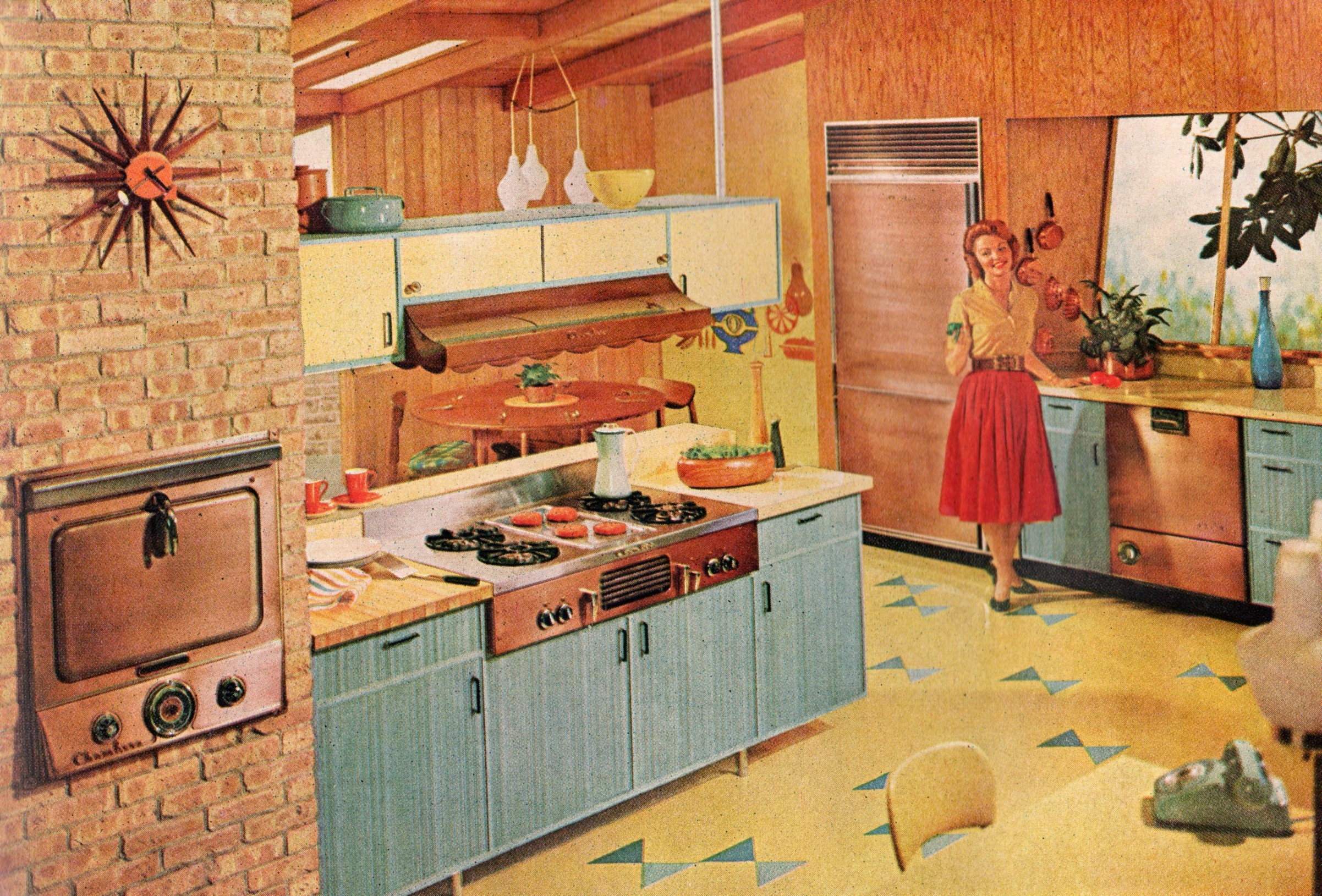
Risk vs. Reward: Notes from the 2019 International Home+Housewares Show
BY DEVIN MOORE
Earlier this year I was invited to speak about building connected product experiences at the 2019 International Home+Housewares Show. As a product development consultancy, Big Bang is in a special spot, where most of the senior team cut our teeth on consumer brands and products intended for mass retail, but now spend a good deal of time on early stage, technology enabled, software integrated products in the consumer, healthcare, and commercial spaces.
Innovation Culture
The IH+HS can be a great place to mine for what’s next in appliances and housewares, but you have to work hard and creatively, as new products are generally shown in private spaces, photography is prohibited, and occasionally I’m shooed from a booth because my badge identifies me as a designer. This is in stark contrast to the Consumer Electronics Show’s wild west atmosphere, where trend spotting, photography, interactive experiences and spectacular product launches are part of the attraction. These shows seem to reflect the attitudes of their respective markets.
The exception to the introverted culture is the IHA Smart Home Pavilion, Smart Talk stage and the Student Design Competition displays, grouped together in the lobby just outside the great halls occupied by the legacy exhibitors. The Smart Home Pavilion features smart kitchen and home brands with primarily connected products. The exhibitors in the lobby, many in start-up or early stage mode, are housed in intimate booths, and are eager to have everyone look, interact and ask questions – still no photography!
Old School vs. New School
Reflecting on the show, I realized there’s an interesting dynamic going on between the brands inside the halls and the upstarts in the lobbies. It appears the legacy brands are cautiously trying to determine the cost and value of adding IoT tech. Weighing against features added, consumer interest, and how best to implement in an environment where retail buyers and development partners, typically manufacturers, are risk averse. Experimentation and innovation at mass retail scale is hard. The few examples of connected or tech enabled appliances I saw, generally voice or app enabled, appeared to be low cost/quality or forced implementations offering lesser experiences when compared to those that consumers have daily access to, and expect from, the likes of Apple, Amazon, Google, etc. Does the world really want a smart trash can that tells you when it needs emptying?

In contrast, the smart product start-ups at IHS aren’t necessarily observing the rules of mass retail, and seemed to be trying to figure out how to be successful in a larger scale. The products currently serve more of a niche market, yet the brands are trying to be relevant to retail buyers and everything that involves. Scaling tech is hard, and early adopters tend to be more forgiving with regards to price, features and function than mass consumers. In the tech bubble failure is an option, sometimes a benefit. Not so in mass retail.
There’s Something Going on Here
Whether displayed in the halls or lobbys, connected consumer products enter markets where consumers expect engaging, delightful, friction-free product experiences.
“The last best experience that you have anywhere suddenly becomes the minimum expectation for the experience you want everywhere.”
– Matt Candy, IBM
Today an internet search company is succeeding in the connected home products market, and a 15 year old automotive and energy company markets the best selling car in the US.
Like the move to rely on manufacturing partners for innovation in the ‘90’s, I have to wonder if we’re witnessing another sea change in the industries served by the IH+HS. Can the legacy brands adapt a nimble, higher risk, “west-coast” culture to develop truly innovative products and meaningful experiences or will they snap-up the emerging up starts, quickly scale and bring these new products to a store near you?
Kaboom!
